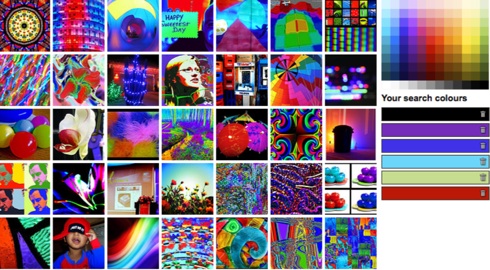
Electronics manufacturer Philips will launch a new solar powered reading light, which enables people to read (and write) after dark. The light – called ‘My Reading Light’ – was developed specifically for the education sector in Africa and will allow a new generation of school children to continue with their homework after sunset.
Future vision by Erwin van Lun
Developments like this will have a tremendous impact on third world countries. Even the most rural areas will be connected by solar lighting and solar internet connections. The world will experience cultural clashes like never before, but it will also balance the knowledge in the world. Combined with the young demographics, Africa will finally be the future continent.




